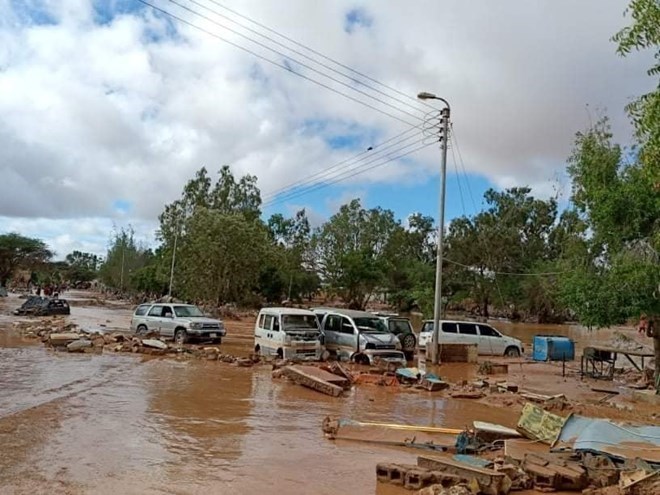
Thursday May 7, 2020

At least 16 people have died while more than 200,000 others have been affected by torrential rains and riverine floods since the Gu (April-June) rains started in Somalia a month ago, UN Office for the Coordination of Humanitarian Affairs (OCHA) said on Wednesday.
OCHA said 10 other people are missing due to floods and at least 2,000 farms have been swamped by water.
"The rains are likely to increase the risk of water-borne diseases," OCHA warned in its latest report on the impact of floods in Somalia.
The forecast by the Food and Agriculture Organization of the United Nations (FAO) indicates that the moderate to high flood risk is likely to persist at least through mid-May.
This, the UN says, threatens urban and riverine populations, including in BeletWeyne (Hiraan) and Jowhar (Middle Shabelle) of Hirshabelle state.
According to the UN, river levels have risen along the Shabelle basin and there is a high risk of flooding in coming days and advised riverine communities in BeletWeyne to prepare for possible relocation during the week.
The UN said the most impact has been felt in Puntland where a heavy downpour on April 27 killed eight people and displaced more than 22,000 people, and in Galmudug where six people have died and about 22,000 others are affected by floods.
It said more than 100,000 people in South West State have been affected by floods while Jubaland has more than 11,800 flood-affected displaced families reported in Lower Juba region.
The UN agency warned that the ongoing Gu (rainy season)'s flooding will exacerbate the humanitarian situation, joining the COVID-19 pandemic and locust infestation to form a "Triple Threat".
It said disruptions to transport due to damaged roads and COVID-19 restrictions have pushed food prices up in some affected areas.